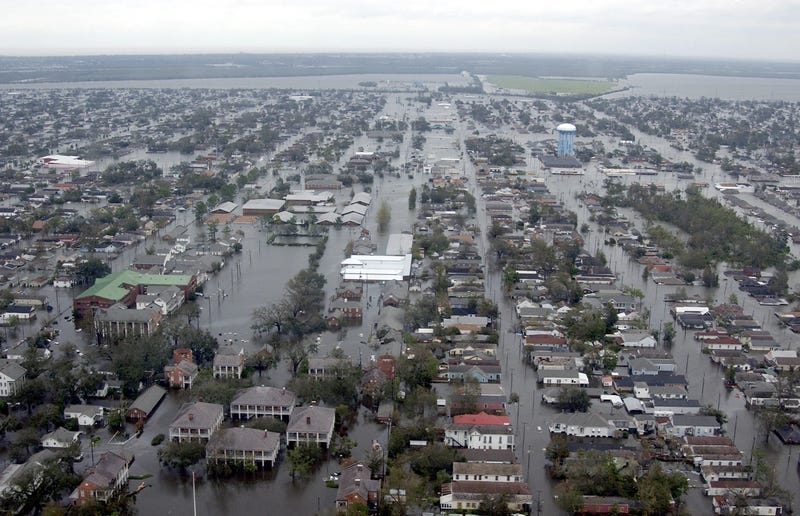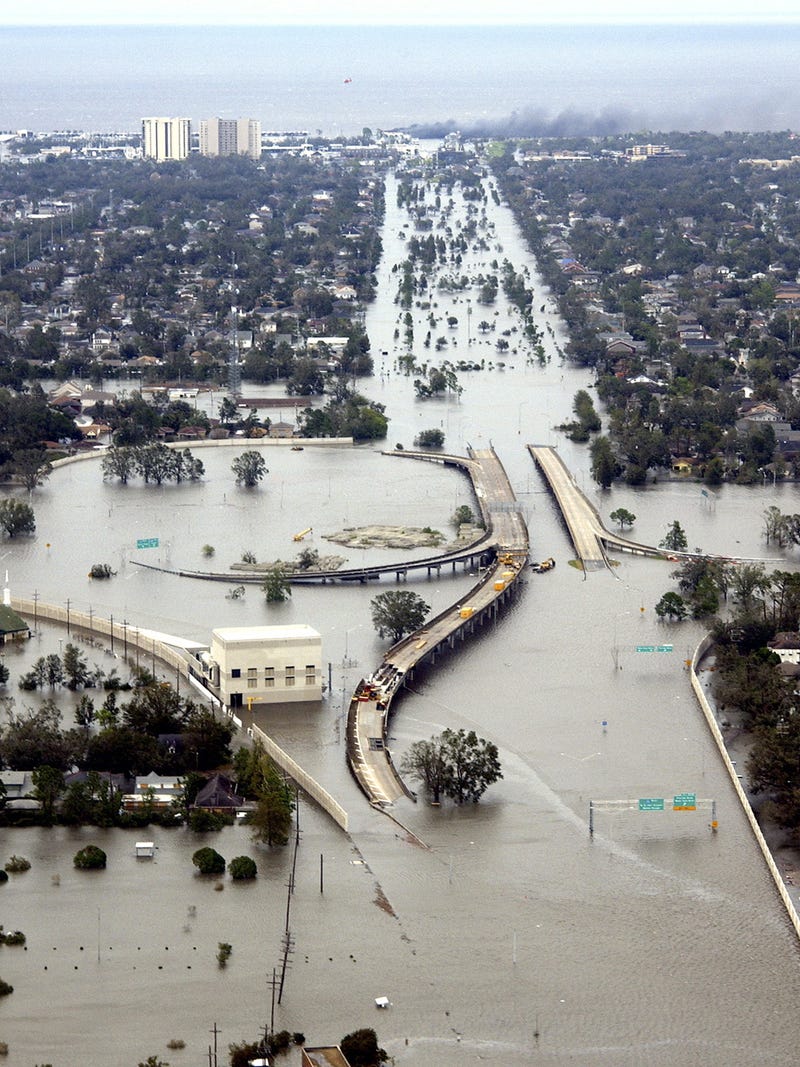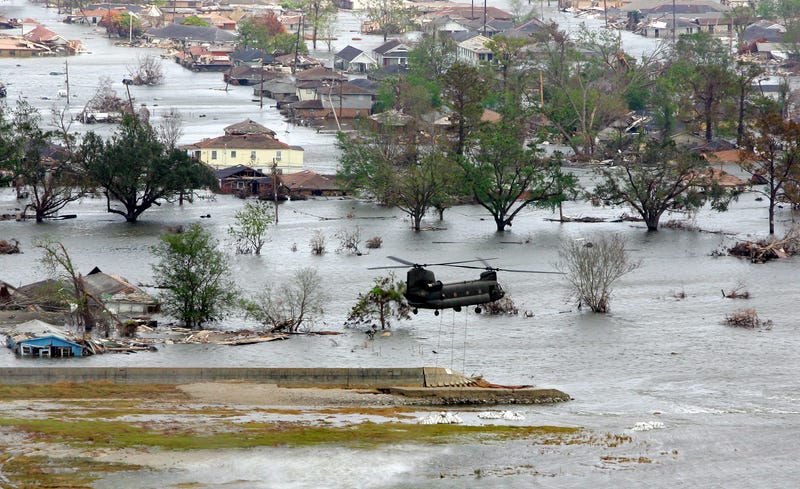
When Hurricane Katrina struck New Orleans in 2005, it was more than a storm; it was a breaking point.
The city faced the largest evacuation of citizens in U.S. history, yet thousands who couldn’t leave were left without the infrastructure needed to keep them safe.

Two decades later, those painful lessons still shape how New Orleans approaches disaster response. Collin Arnold, Director of Homeland Security and Emergency Preparedness, says the storm forced leaders to rethink everything.
“Katrina taught us that evacuation plans aren’t enough if they don’t include the most vulnerable,” Arnold explains. “We had to build safe spaces for people who can’t leave, and we had to figure out how to deliver critical needs immediately after a storm.”

Since then, New Orleans has invested in a fortified levee system, created regional partnerships with surrounding parishes, and established agreements with service providers to get power, water, and communications back online faster.
Technology has also transformed how quickly the city can update residents and issue evacuation guidance.
But the challenges aren’t over. Arnold points to the rapid intensification of storms as one of the biggest hurdles facing emergency managers today.
“When storms strengthen in a matter of hours, it impacts contraflow, evacuation timelines, and communication,” he says.
Still, he believes today’s New Orleans is far more resilient. “The preparedness and response of 2025 is a far cry from 2005,” Arnold says. “We remember the lessons of Katrina. And we’re ready.”
